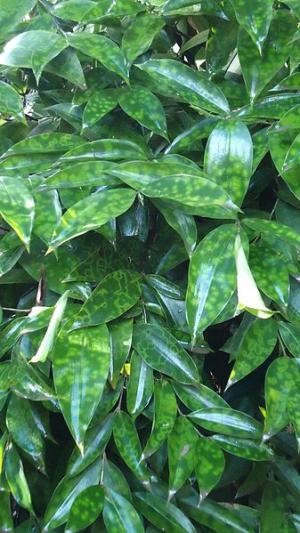Florida Beauty Is Poisonous To Pets

In general the Dracaena Genus is considered to be non toxic, and there have been no reported fatalities of either humans or animals from Dracaena ingestion. However, care should be taken around pets as their small size and different metabolic rate could cause them to become ill from ingestion of plants in the Dracaena Genus. The only credible documentation about the potential toxic effects of plants in the Dracaena Genus comes from the William E. Brock Memorial Library at Oklahoma State University which lists the toxic principle as “Possible alkaloidal content” with an annotation next to the genus that corresponds with “Baby-safe Houseplants and Cut Flowers” in the legend.
Could Dracaena make a pet ill? Quite possibly. Is it the result of hidden or potentially lethal toxins? Not likely. Over ingestion of common and non toxic grasses will also give an animal emesis as its body attempts to expel the foreign and non digestible material. The ill effects suffered would more than likely correspond with a simple inability to digest or process the materials of the plant. Neither dogs nor cats have the means to digest grasses or plants, as they lack the enzymes needed to break down the fibers. The end result is the body naturally expels it out the mouth (vomiting), or it passes harmlessly through their system and comes out looking basically the same way it did going in. The quality of illness may also depend on the individual pets genetic makeup and its sensitivity to certain alkaloids, or naturally occurring compounds common in all plants.
In cases where the pets has ingested a large amount of Dracaena, treatment is going to be largely symptomatic. If the ingestion was recent remove any existing plant matter from the mouth and if vomiting does not occur it may be induced by giving a teaspoon or less (size dependent) of 3% hydrogen peroxide orally. The pet will more than likely start vomiting on their own without the help, as their body tries to expel this non digestible material. If the GI upset is severe (vomiting and diarrhea) ensure that the pet is provided adequate amounts of fluids to avoid dehydration. Prevent further ingestion of the plant and consult your veterinarian.




